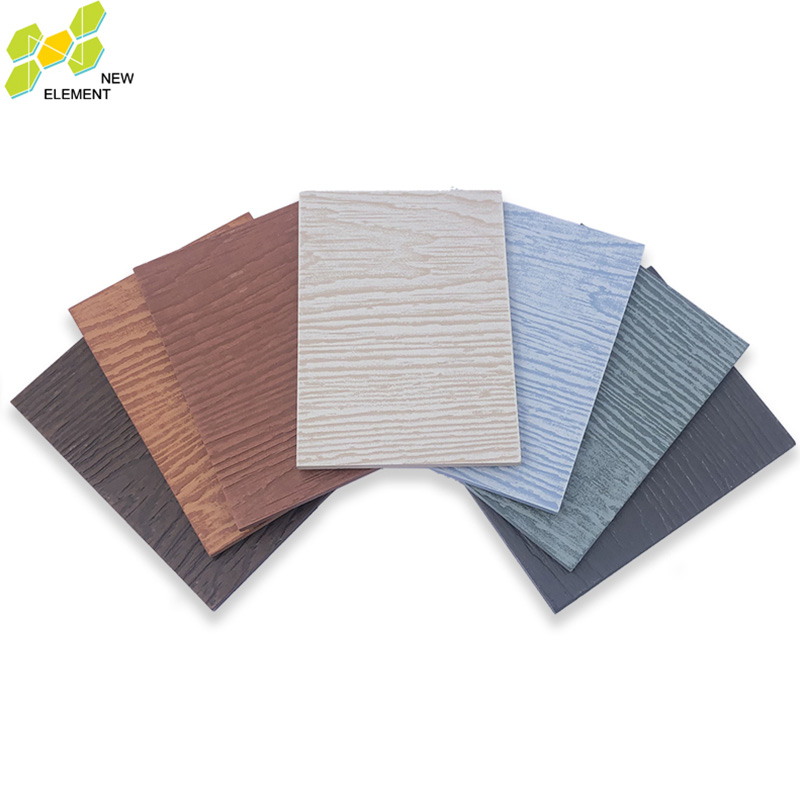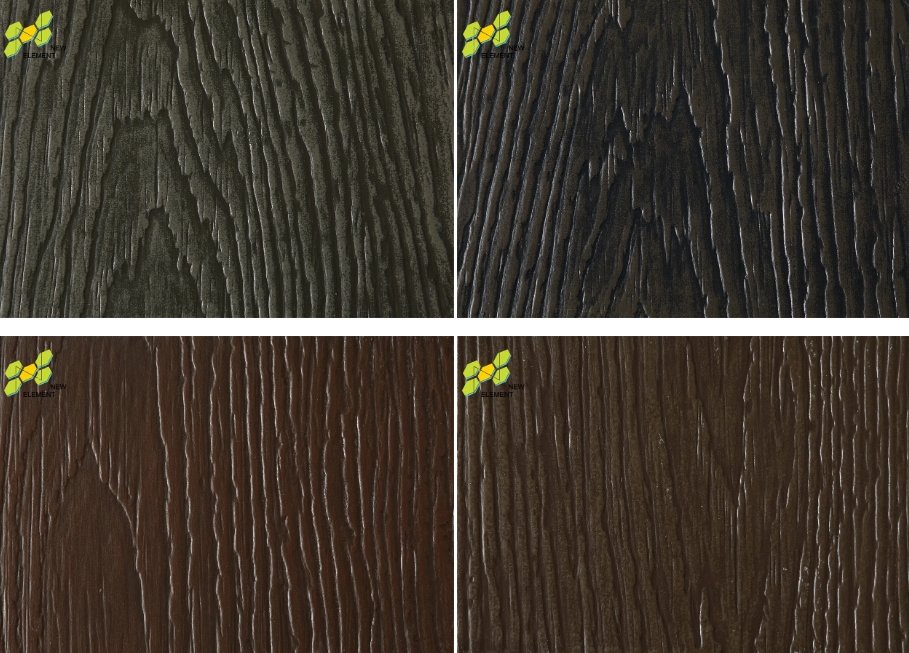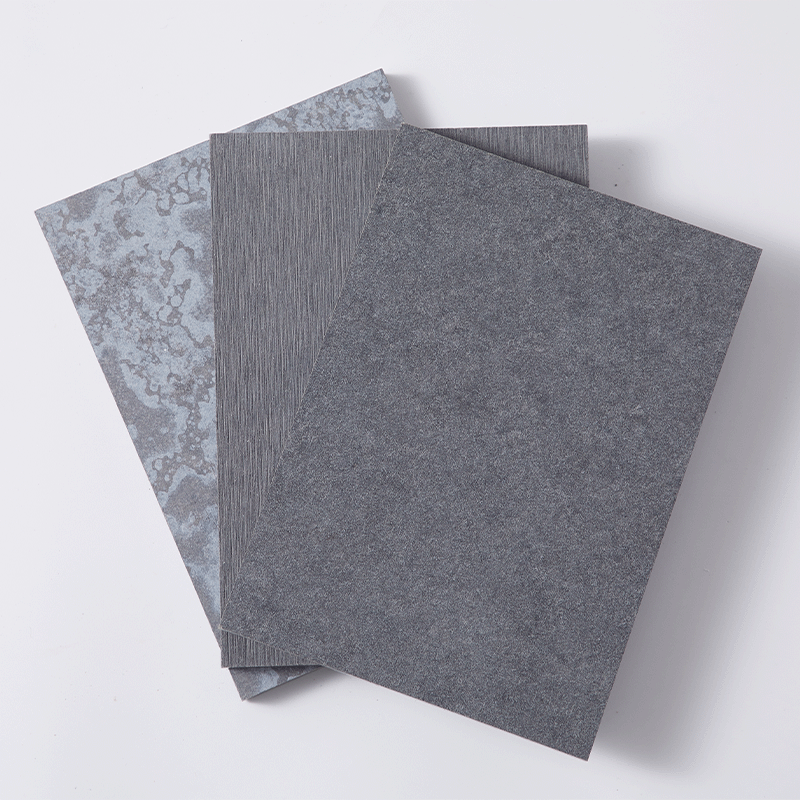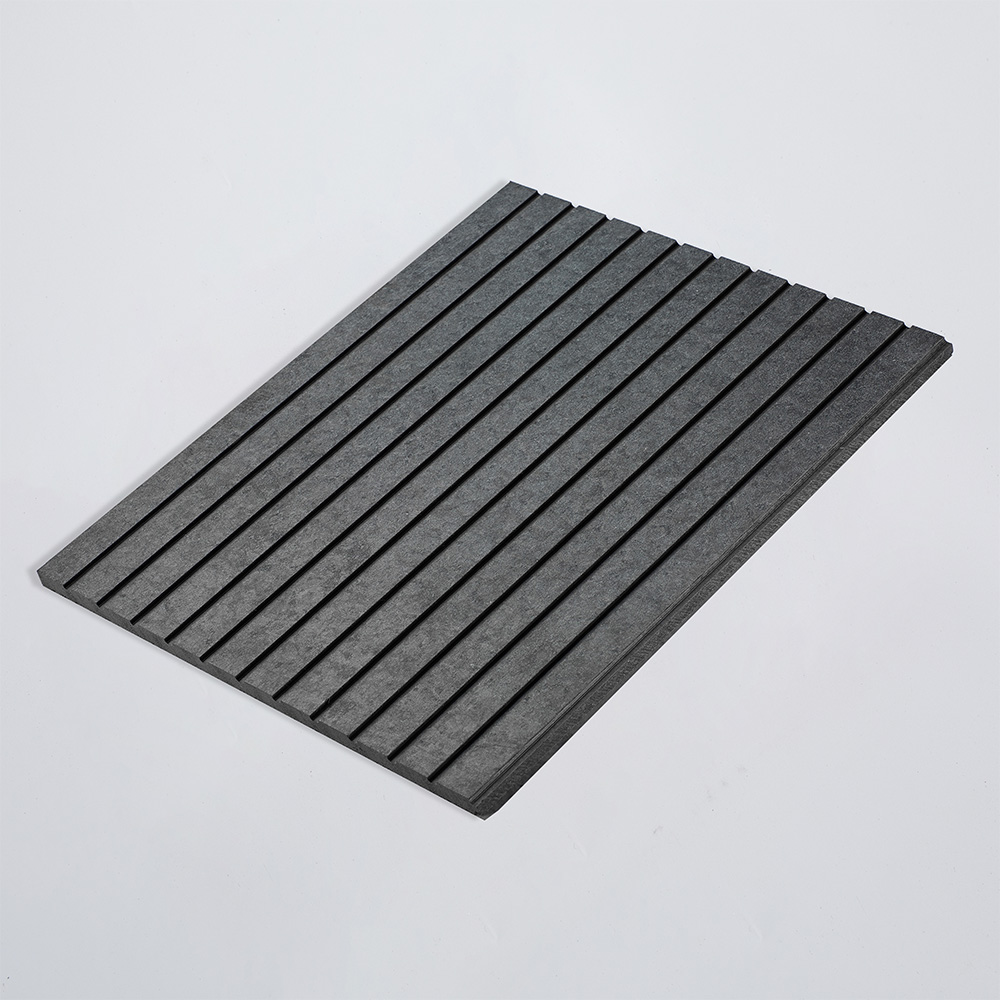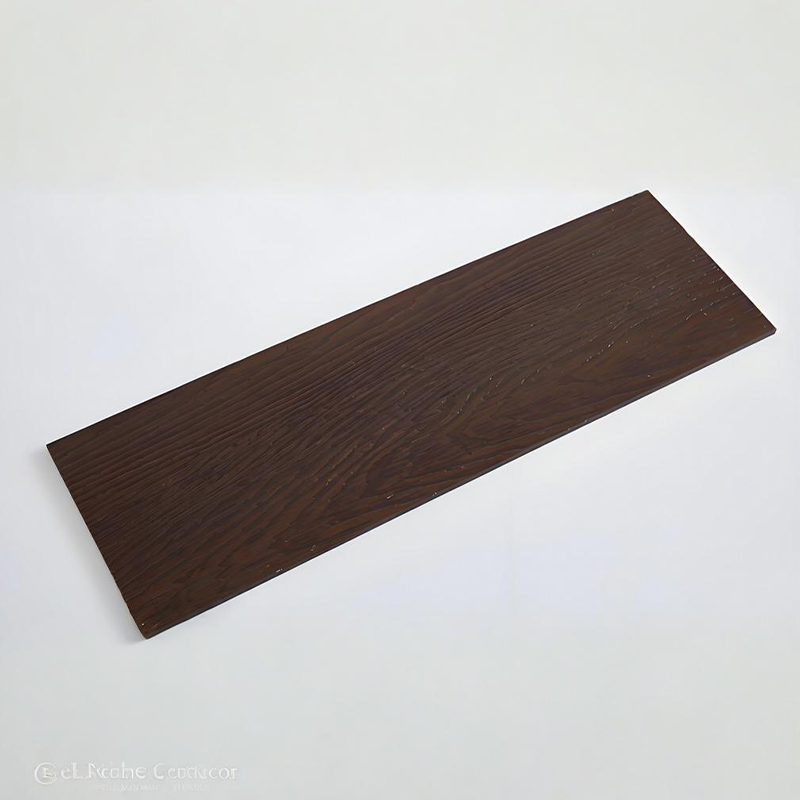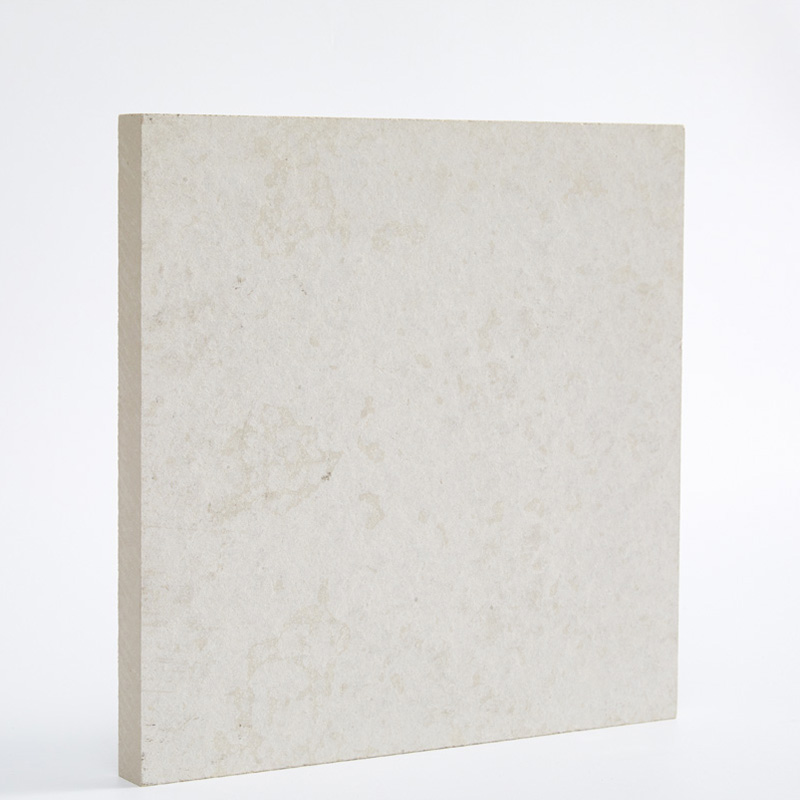When it comes to choosing the right siding for your home or commercial building, the decision can be overwhelming. With various options available, two popular choices stand out: fiber cement board siding panels and vinyl siding. But which one is truly better? Understanding the differences, advantages, and disadvantages of these materials can help you make an informed decision. This article will delve into the characteristics of both siding types, providing you with comprehensive insights to guide your choice.
What are Fiber Cement Board Siding Panels?
Fiber cement board siding panels are engineered from a combination of cement, sand, and cellulose fibers, creating a robust and versatile material. This unique composition not only gives fiber cement boards their strength but also allows them to mimic the aesthetic qualities of traditional building materials such as wood, stucco, or masonry.
Advantages of Fiber Cement Board Siding
Durability
Fiber cement board siding is engineered to withstand the elements. It is resistant to rot, termites, and extreme weather conditions such as heavy rain, snow, and high winds. This durability translates into a longer lifespan, often exceeding 30 years, and even more with proper maintenance.
Fire Resistance
One of the standout features of fiber cement boards is their non-combustible nature. Unlike vinyl siding, which can melt or warp under high temperatures, fiber cement siding boards can withstand fire, providing added safety for your home or building.
Aesthetic Appeal
Fiber cement siding is available in a wide range of colors, textures, and styles whether you prefer the classic look of wood or the sleekness of modern design, fiber cement boards can be customized to meet your aesthetic preferences.
Low Maintenance
Compared to wood siding, which often requires regular painting, sealing, and repairs, fiber cement board siding panels require minimal upkeep. Occasional cleaning with soap and water is typically sufficient to maintain its appearance.
Eco-Friendly
Fiber cement siding boards are made from sustainable materials, and many manufacturers have adopted environmentally friendly production processes. This makes it a more sustainable choice for eco-conscious consumers.
What is Vinyl Siding?
Vinyl siding is a synthetic building material made from polyvinyl chloride (PVC) resin. It has become one of the most popular siding choices due to its affordability and ease of installation. Vinyl siding comes in various colors, styles, and profiles, making it a versatile option for many homeowners.
Advantages of Vinyl Siding
Cost-Effective
Vinyl siding is typically less expensive than fiber cement siding, making it an attractive option for homeowners on a budget. The lower initial cost can be a significant factor in the decision-making process.
Easy Installation
Vinyl siding is lightweight and designed for easy installation. Most homeowners can complete the installation themselves, which can save on labor costs. Some models of vinyl panels feature an interlocking design, allowing for quick and straightforward application.
Variety of Styles
Vinyl siding is available in numerous styles, including horizontal and vertical panels, shakes, and shingles. This variety allows homeowners to achieve their desired look, from traditional to contemporary.
Low Maintenance
The maintenance of vinyl siding involves several key tasks, like regular cleaning, mould, and mildew removal, inspecting for damage, or checking caulk around windows, doors, and any other edges, etc.
Comprehensive Comparing: Fiber Cement Board Siding Panels and Vinyl Siding
|
Feature |
Fiber Cement Board Siding Panels |
Vinyl Siding |
|
Material Composition |
Made from a mix of cement, sand, and cellulose fibers. |
Composed of polyvinyl chloride (PVC) resin, a type of plastic. |
|
Aesthetic Appeal |
Can mimic wood, stone, or stucco with a realistic appearance. |
Offers a variety of colors and styles but may not achieve the same high-end look as fiber cement siding. |
|
Durability |
Highly durable and resistant to fire, insects, and rot. |
Durable but can crack or warp under extreme conditions. Not as fire-resistant as fiber cement board. |
|
Longevity |
Can last 30-50 years with proper maintenance. |
Typically lasts around 20 years, depending on the quality of the material and maintenance. |
|
Fire Resistance |
Non-combustible; highly fire-resistant. |
Less fire-resistant; can melt or ignite under high temperatures. |
|
Weather Resistance |
Highly resistant to weather extremes; can withstand harsh climates. |
Weather-resistant but can be affected by extreme heat or cold, leading to warping or cracking. |
|
Impact Resistance |
Highly impact-resistant; can withstand strong impacts without damage. |
Moderate impact resistance; can dent or crack under force. |
|
Maintenance |
Low maintenance after installation. (Painting and caulking as needed) |
Regular periodic maintenance may be required. |
|
Energy Efficiency |
Offers good insulation properties, contributing to energy savings. |
Provides basic insulation; additional insulation may be required for energy efficiency. |
|
Environmental Impact |
Eco-friendly, made from sustainable materials, can be recycled. |
Less eco-friendly; made from plastic, which can contribute to environmental pollution. |
Key Considerations for Your Decision
Budget: If you're looking for a cost-effective option, vinyl siding might be the way to go. However, investing in fiber cement board siding panels can save money in the long run due to their durability and low maintenance needs. Consider the total cost of ownership, including potential repairs and replacements.
Climate: In areas prone to extreme weather conditions, fiber cement siding boards may be the better choice due to their resilience against high winds, heavy rain, and hail. Conversely, if you live in a milder climate, vinyl siding may perform adequately.
Aesthetic Goals: If you desire a specific look, fiber cement boards offer more texture and design flexibility, allowing for a more customized appearance. Vinyl siding can provide a clean, modern look but may lack the depth and character of the former.
Environmental Impact: If sustainability is a priority for you, consider the environmental impact of the materials. fiber cement board siding panels are often produced using sustainable practices, while vinyl siding is a synthetic product that can have a larger environmental footprint.
Where To Find The Best Outdoor Fiber Cement Siding?
New Element, a leading fiber cement board manufacturer & supplier in China, offers a diverse selection of high-quality products tailored for various applications. The Siding Plank features a wood-like pattern that captures the essence of natural cedar, providing the aesthetic appeal of wood without the associated maintenance challenges.
Durable Construction: Made from top-quality raw materials, these fiber cement board siding panels are resistant to rot, termites, and extreme weather conditions, ensuring longevity and reliability.
Realistic Wood Texture: The natural cedar pattern not only enhances the visually appealing aesthetic but also emphasizes the harmony between the building and its natural surroundings. This feature allows homeowners to enjoy the warmth and beauty of wood siding without the upkeep.
Easy Installation: New Element's fiber cement siding is lightweight and designed for straightforward installation, reducing labor costs and project timelines. The panels are engineered for a seamless fit, making the installation process efficient.
Wide Color Selection: Available in a variety of customizable colors, New Element's outdoor fiber cement boards allow homeowners to create a unique look that complements their property. This flexibility is ideal for both residential and commercial applications.
Various Applications:
- Villa Exterior Wall Siding: Perfect for upscale residential designs, enhancing the overall aesthetic while providing durability.
- Modular Houses: Ideal for modern construction, offering flexibility and design options.
- Student Apartments/Dormitories: Provides a cost-effective and visually appealing exterior solution for multi-family housing.
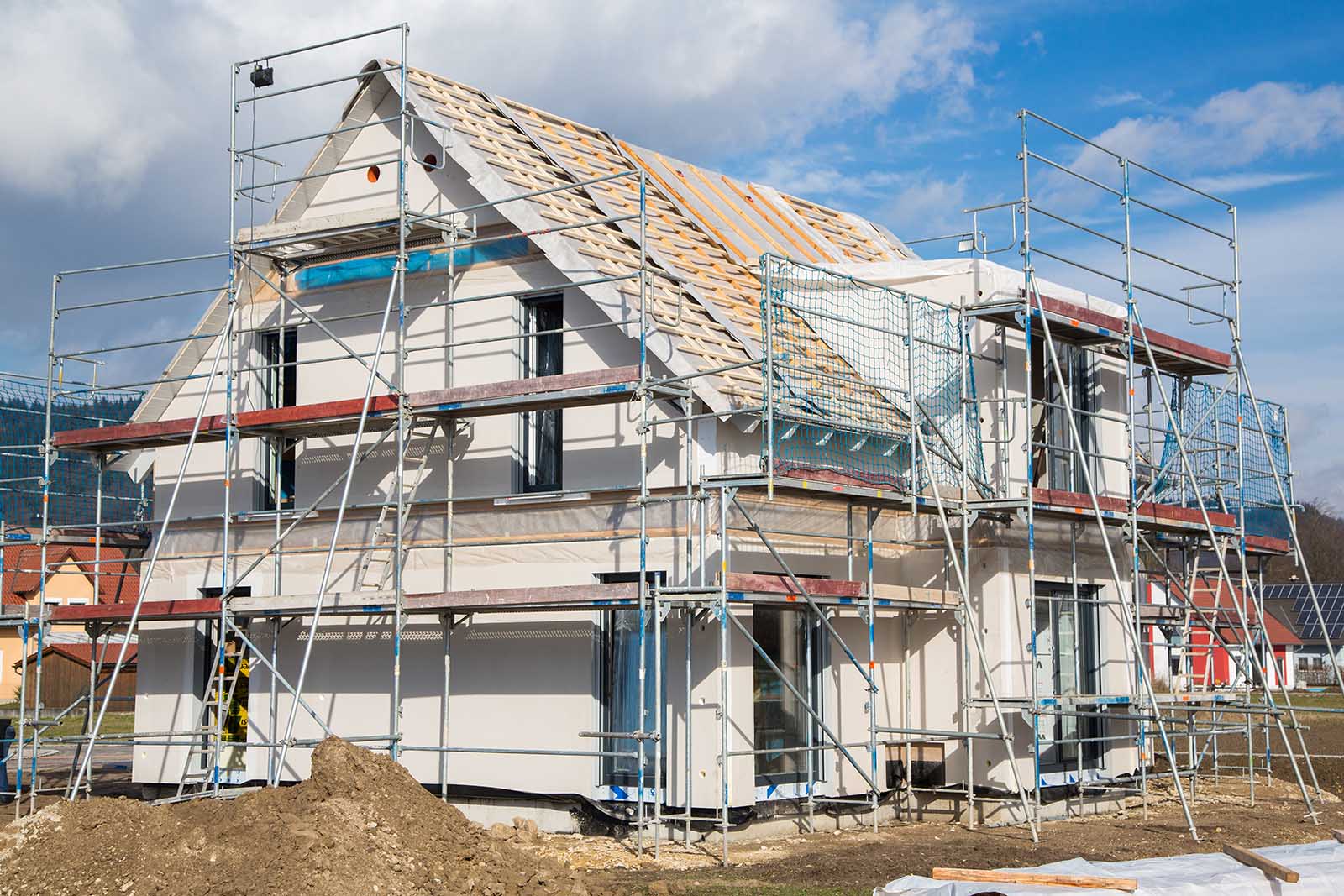
Conclusion
Both fiber cement board siding panels and vinyl siding have their unique advantages and limitations. If your priority is durability, fire resistance, and aesthetic versatility, fiber cement is likely the superior choice. However, if you're working within a tighter budget, vinyl siding could meet your needs. Ultimately, the best siding for your project will depend on your specific requirements and preferences.
With its superior characteristics, including resistance to termites and rodents, New Element's Siding Plank is an excellent choice for those seeking a long-lasting, flexible, and creative siding solution. For more information on colors and customization options, please get in touch with our sales team. Our experts are ready to assist you in finding the perfect solution tailored to your specific needs!

